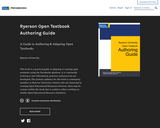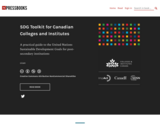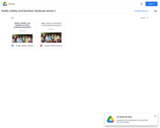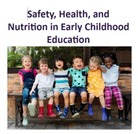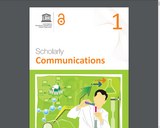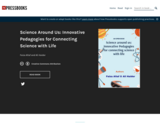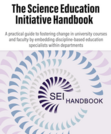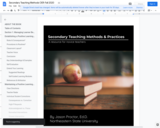Livre liquide issu de l'expérience des Espaces réflexifs
Short Description:
L’idée du livre liquide (Liquid Book) est de proposer des livres d’un nouveau genre : nés de textes moissonnés sur des carnets de recherche et des blogs, ils présentent des modes d’écriture native du web, hypertextuelle, augmentée et multimédiatique. Comme les blogs, les ouvrages permettent de naviguer de fenêtre en fenêtre, de regarder tout en lisant, de lire tout en écoutant. Comme les blogs, ils font entendre plusieurs voix, celles des auteur.e.s des billets devenus textes, mais aussi celle des commentateur.trice.s qui ont augmenté l’écriture initiale en la rendant interactive.En lien direct avec le contexte d’une mise en valeur de la recherche en ligne en sciences humaines et sociales sur la plateforme Hypothèses, ce livre liquide propose des textes soigneusement sélectionnés dans les contenus du carnet de recherche Les Espaces réflexifs, et éditorialisés de manière à constituer un livre fluide, ouvert aux commentaires et augmenté, notamment par les liens hypertextes et la circulation qu'ils permettent.Liquide, cela veut dire multiple dans les formes d’expression (texte, hypertexte, image, son), polyphonique dans la nature de l’écriture (l’augmentation par les commentaires) et évolutif dans les contenus de la recherche. Un livre liquide accueille la variété des approches, des écritures et des langues. Il a l’ambition de photographier l’état de la science en ligne à un moment donné de sa diffusion, en la rendant accessible par l’éditorialisation et le partage.
Long Description:
L’idée du livre liquide (Liquid Book) est de proposer des livres d’un nouveau genre : nés de textes moissonnés sur des carnets de recherche et des blogs, ils présentent des modes d’écriture native du web, hypertextuelle, augmentée et multimédiatique. Comme les blogs, les ouvrages permettent de naviguer de fenêtre en fenêtre, de regarder tout en lisant, de lire tout en écoutant. Comme les blogs, ils font entendre plusieurs voix, celles des auteur.e.s des billets devenus textes, mais aussi celle des commentateur.trice.s qui ont augmenté l’écriture initiale en la rendant interactive. En lien direct avec le contexte d’une mise en valeur de la recherche en ligne en sciences humaines et sociales sur la plateforme Hypothèses, ce livre liquide propose des textes soigneusement sélectionnés dans les contenus du carnet de recherche Les Espaces réflexifs, et éditorialisés de manière à constituer un livre fluide, ouvert aux commentaires et augmenté, notamment par les liens hypertextes et la circulation qu’ils permettent. Liquide, cela veut dire multiple dans les formes d’expression (texte, hypertexte, image, son), polyphonique dans la nature de l’écriture (l’augmentation par les commentaires) et évolutif dans les contenus de la recherche. Un livre liquide accueille la variété des approches, des écritures et des langues. Il a l’ambition de photographier l’état de la science en ligne à un moment donné de sa diffusion, en la rendant accessible par l’éditorialisation et le partage.
Word Count: 117218
ISBN: 978-2-924661-69-7
(Note: This resource's metadata has been created automatically by reformatting and/or combining the information that the author initially provided as part of a bulk import process.)


